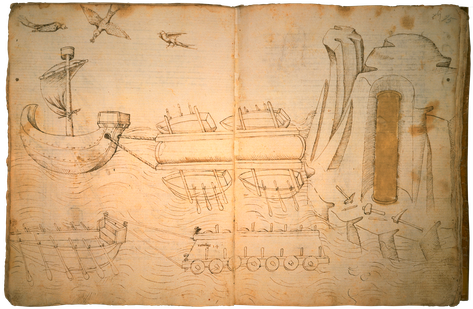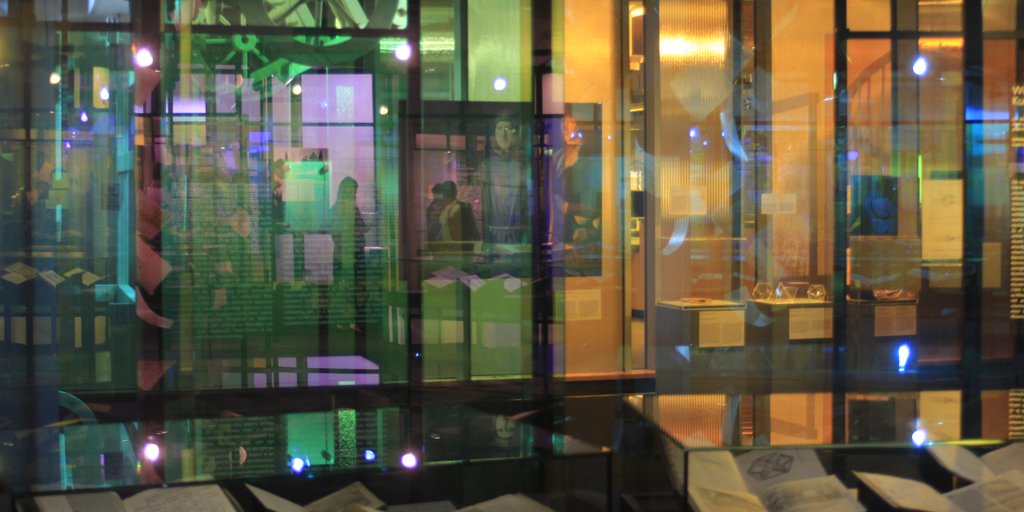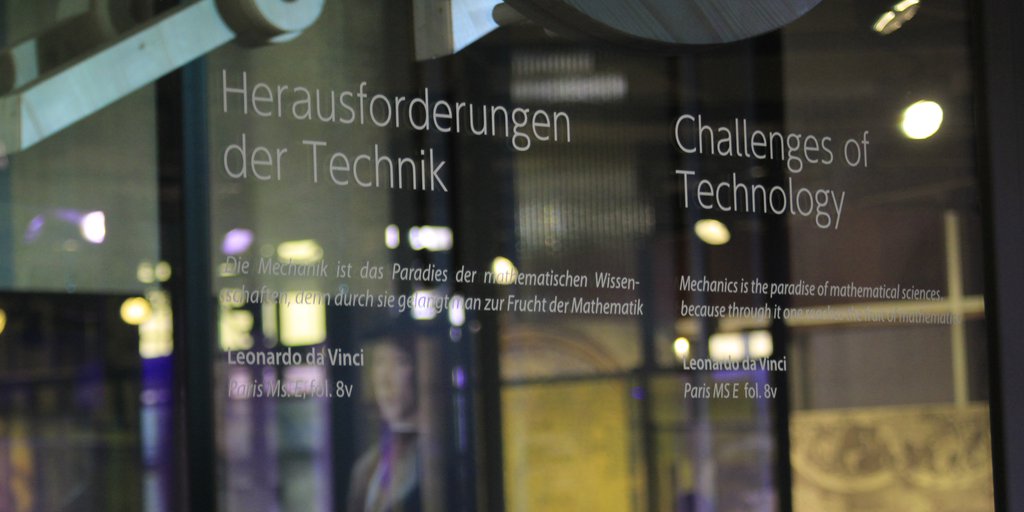
Challenges of Technology <
Mechanics is the paradise of mathematical sciences,
because through it one reaches the fruit of mathematics
Leonardo da Vinci
Paris MS E, fol. 8v. Translation: Elizabeth Hughes
Leonardo was able to develop his technical understanding and knowledge from an early age as an apprentice in the workshop of the gifted painter, sculptor, and goldsmith Andrea del Verrocchio, an expert in various artistic techniques and materials. Leonardo admired the machines that Filippo Brunelleschi had developed for the construction of the dome of the Florence Cathedral. (The copper sphere of the dome lantern that Leonardo later referred to in his writings was made in the Verrocchio workshop.) When Leonardo moved to Milan in 1482, where he had successfully applied for a permanent position at the Sforza court, primarily as a military engineer, he deepened his technical knowledge in many areas. An ambitious autodidact, he studied contemporary specialist technical literature and became a prototype of the artist-engineer. Two predecessors who particularly impressed him were Mariano di Jacopo Taccola (1382–1458) and Francesco di Giorgio Martini (1439–1501), both from Siena. The latter, like Leonardo, was a versatile artist-engineer in court service. Leonardo’s technical interests were fundamentally influenced by the extensive writings of Roberto Valturio (1405–1475), which belonged to his library. Leonardo’s wide-ranging interests, his love of experimentation, and his power of imagination, but not least his outstanding skills as a draftsman, soon enabled him to surpass his role models and opened up previously unknown possibilities in the visualization of technical relationships.
Leonardo's Berlin Library: Section 7 <
 | 64.
De ingeneis III–IV 1432–1433 |

The Sienese engineer Mariano di Jacopo, known as Taccola (1382–1458), was one of the leading representatives of the mechanical arts of the early 15th century. Books III and IV of his surviving manuscript work De ingeneis (written between 1432 and 1433) are mainly devoted to constructional engineering and hydraulic engineering. This book of drawings circulated in numerous Renaissance workshops and influenced many of Leonardo’s technical projects. Sheets 14v–15r show the transport of a column drum from a quarry over land and by water.
References
Galluzzi, Paolo. 1991. Prima di Leonardo. Cultura delle macchine a Siena nel Rinascimento. Exhibition catalogue Magazzini del Sale, Siena, 9.6.–30.9.1991. Milan: Electa.
Prager, Frank D., and Gustina Scaglia. 1972. Mariano Taccola and His Book “De ingeneis.” Cambridge, Mass.: MIT Press.
Vecce, Carlo, ed. 2019. Leonardo and His Books. The Library of the Universal Genius. Exhibition catalogue Museo Galileo, Florence, 6.6.–22.9.2019. Florence: Giunti, 91, no. 5.1.









